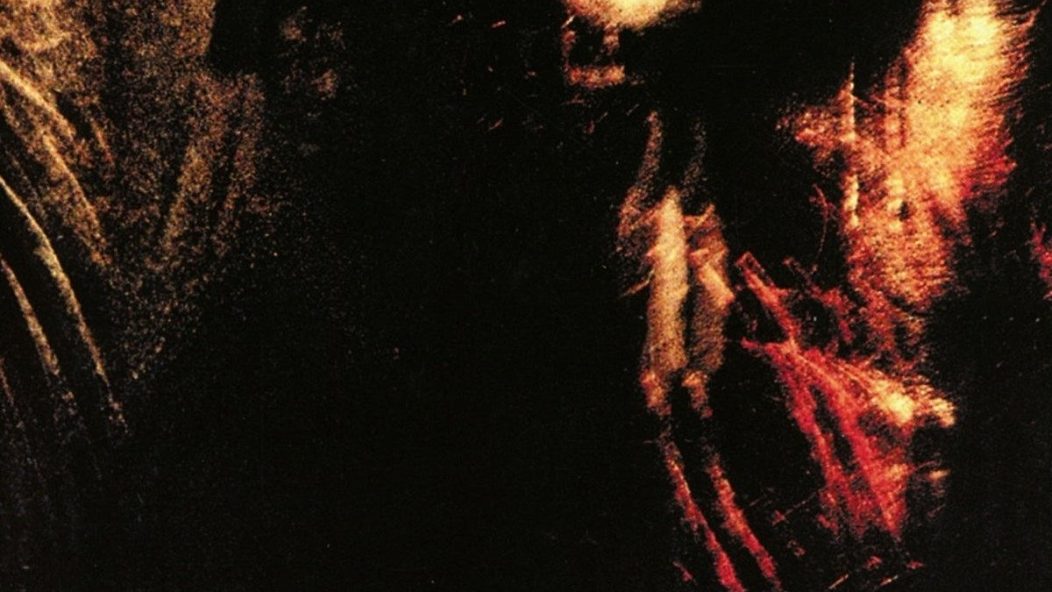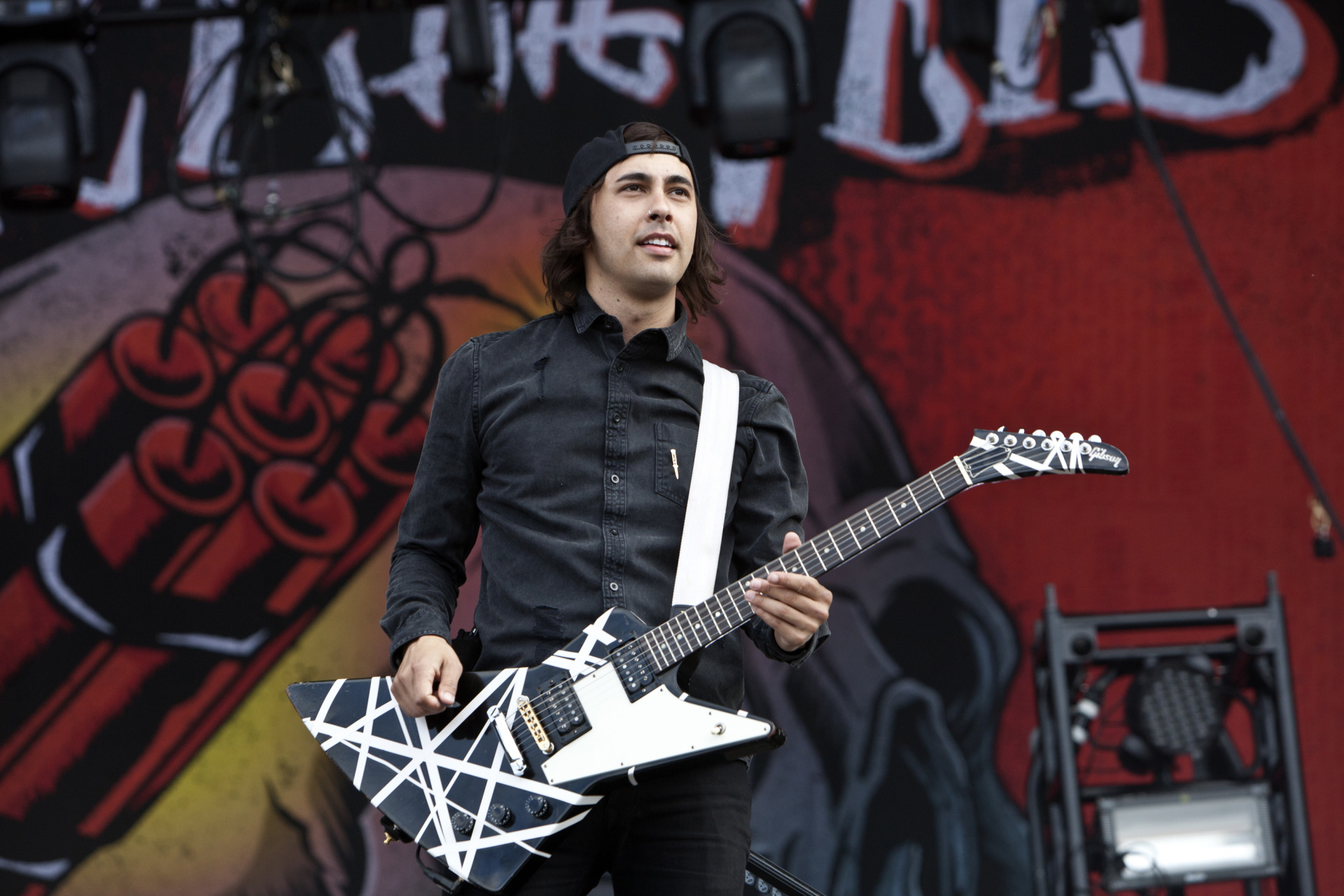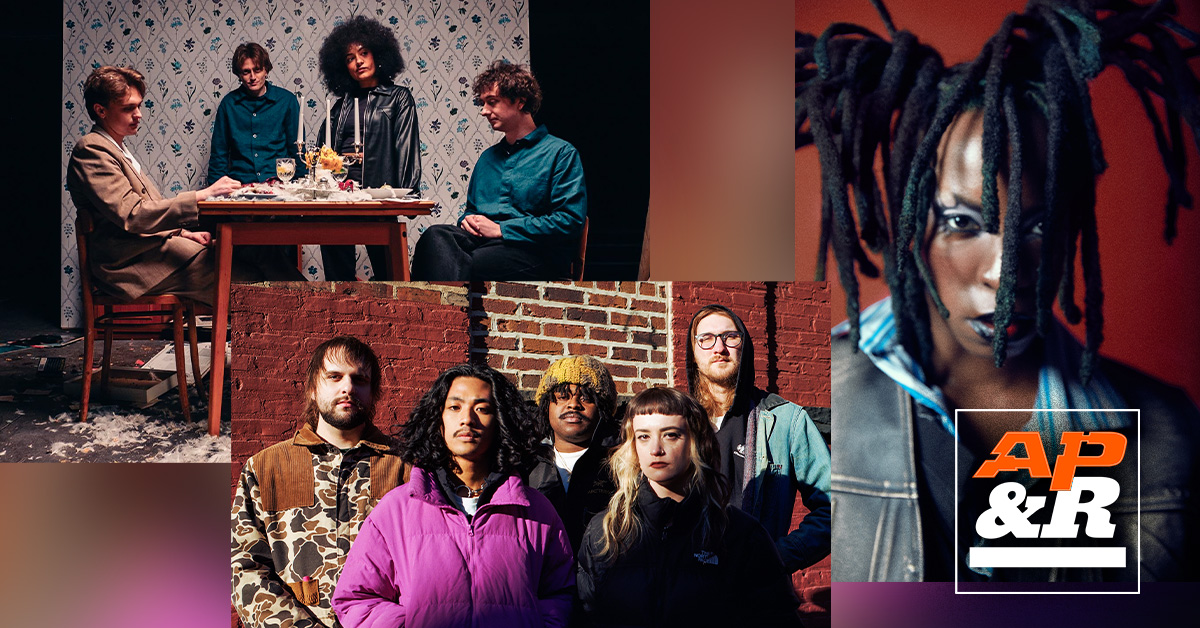
"Gothic": Paradise Lost and the Dawn of a Death/Doom Classic
Thirty years ago to this day, one of the ultimate landmarks of death/doom metal dropped. Coming only a scant year after Paradise Lost‘s debut album, Lost Paradise, Gothic represented a reverberating shift through the burgeoning genre and made waves that are still being felt today. It also stands unique within the band’s discography as a transitional work between their early days playing death metal and their long mid period where they shied away from it (with repeated mentions in places like 1993’s Chamber of Sorrow Zine #4 about all of the issues that they had with the record after the honeymoon period had worn off after its release). Gothic was their last death metal record for almost two decades until they more recently began slowly re-integrating that sound with In Requiem, and, though of course it’s worth checking out all of their material, Gothic is the one that was the most influential and special of their early works.
Before discussing Gothic, it’s important to talk about who Paradise Lost was and their place in the scene at the time. Formed in England in 1988, Paradise Lost made significant waves even before Gothic with 1990’s Lost Paradise, an album that combined rabid death metal and gloomy doom metal to shock the masses into realizing that there was an alternate path of exploring sonic extremity: one could play faster than everyone else, or one could play slow. Though Paradise Lost wasn’t the first band to slow down death metal, and bands like Autopsy, Dream Death, Delirium, Sempiternal Deathreign, and a few others debuting either earlier or around the same time did the same, Paradise Lost’s more melancholy approach towards the genre was groundbreaking and was immediately seized upon by bands around the world.
…
…
Together with labelmates and countrymen Anathema and My Dying Bride, the three groups were pioneering forces in what would become known as death/doom, and particularly in the strain of it that would be intertwined with goth rock to be called gothic metal. This trio is sometimes referred to as the Peaceville Three due to the bands’ close geographic ties, stylistic similarities, pioneering status, and because they were labelmates on Peaceville Records. The term has been disputed before, including by Paradise Lost themselves. “It’s an urban myth,” guitarist and keyboardist Greg Mackintosh told Decibel Magazine, even going so far as to recollect a time when Anathema opened for Paradise Lost and covered “Gothic” to point out that the other two bands were latecomers rather than peers; similarly, Nick Holmes said outright in 1993’s Exhume Zine #3 that he felt that My Dying Bride was trying to copy Paradise Lost. However, the three’s influence on death/doom was indisputable. That context matters when looking back not just at the individual bands but at Gothic in particular, which was not Paradise Lost’s debut but was the first and most influential of the early pioneering gothic metal albums.
Above all else, the important thing to understand about Gothic is that the album’s name is also a description of the music played on the record; in a 2013 vinyl reissue’s liner notes, the band noted that they were at the time “very much into a mixture of old goth music and doom metal.” The ambitious fusion of the two had at the time never been attempted as directly as it was in Gothic, and though they had contemporaries at the time working towards similar goals, it was really Gothic that opened the floodgates.
From the opening riff onward, Gothic lets listeners know what to expect with a rhythm far more dismal and less “crushing” than most of what could be found on Lost Paradise, or any prior death metal. It is more bouncy than heavy, heralded by a catchy lead melody that would have been at home on any number of 1980s goth rock club bangers. As with much of the album, the progression continues with near-constant melodies either on guitar or synth, an approach that would heavily influence melodic death metal bands everywhere.
…
…
Much of the rhythm and lead guitars’ overall attack can be traced back to influences from the 1980s goth rock bands that Paradise Lost idolized. To quote the 2013 vinyl repress’ liner notes again, Greg said that “Nick and myself were very much into a mixture of old goth music and doom metal at the time which ultimately is the essence of the album.” Those very un-death-metal progressions, played in a lower tuning and in heavier context, were coming from Dead Can Dance and Sisters of Mercy as much as from Black Sabbath (with Dead Can Dance coming up in an interview with Chamber of Sorrow #4 in 1993), and the melodies were largely coming from the same place. The touch of Greg’s love for Sisters of Mercy is especially apparent in how the band constructed their lead melodies; he even listed First and Last and Always as his favorite goth rock album of all time in an interview with musicradar, and a few years later Paradise Lost would cover “Walk Away” for a single on Music For Nations. The approach of playing gorgeous lead melodies over simple, bludgeoning rhythms would prove to be a lasting trademark of a certain death metal sound, even outside of the obvious bands that took influence from Gothic.
On the topic, in an interview with Teeth of the Divine, Gorement’s Patrick Fernlund said that “I love the Paradise Lost album Gothic, and still do, and I wanted to capture that special epic feeling that album has.” Similarly, God Macabre’s Ola Sjöberg named them as a primary influence for The Winterlong… alongside Autopsy, Carnage, and Nihilist in interviews with Terrorizer Magazine and others. In Rotting Ways to Misery: The History of Finnish Death Metal, Amorphis called Gothic “a huge influence on how you could build melodies and harmonies” [Page 275]. Amorphis, Gorement and God Macabre weren’t alone in taking that single aspect of the album out and reusing it in other contexts, to the point where slower bands in the 1990s would sometimes be asked point-blank if Paradise Lost was an influence if they had those epic lead melodies over their not-always-sombre rhythms.
Although the album’s focus is found in its lead melodies, a large portion of their success is through Gothic‘s dynamics, with the album not relying on those melodies to make a song work. The leads swell into outright orchestral works (performed by “The Raptured Symphony Orchestra”) performed with or without the backing metal guitars, an approach that was as influential on death metal as anything else on the record. This combination of metal and orchestral music was not something that was taken lightly or just thrown together on a whim; in 1992’s Pit Magazine #8, Mackintosh points out that “each keyboard and vocal section was carefully planned in advance with the emphasis on creating atmosphere,” and the aforementioned liner notes mention months of constant songwriting going into the album despite how closely it followed Lost Paradise.
…
…
Though Paradise Lost’s usage didn’t take on the driving nature that orchestral elements do on some later records from other bands (obviously most notable in symphonic metal itself), they were one of the first bands in death metal to integrate that element, something that would be especially noticed with interest by the burgeoning Greek death metal scene. Antonis “Gore” Kotzias, vocalist of pioneering atmospheric death metal band Horrified, passionately described Gothic in interviews as the single greatest melodic death metal album of all time, and, alongside Lost Paradise and early Sentenced, aptly described the sound as being “heavy, epic, gives you a sense of space and dark landscapes, with brutal storms, volcanoes and earthquakes that sometimes steer the empty and melancholic scenery” in an interview with Krepuskulum Webzine.
Similarly symphonic death metal legends Septic Flesh [Editor’s Note: Septic Flesh > Septicflesh], who were perhaps the most important band in the Greek extreme metal scene aside from Rotting Christ, had various members individually cite Paradise Lost as an important influence, with Sotiris even at one point referring to them as his favorite band. Though many other influences went into the Greek sound, it’s difficult to understate how much of a force Gothic was on it; fans of the record would do well to seek out Septic Flesh’s Mystic Places of Dawn, Horrified’s In the Garden of the Unearthly Delights, and delve deeper into that scene past those.
The final major component to the album was the vocal variety between Nick Holmes’ mean, empty bellows and the sung session vocals from Sarah Marrion, who provided the sung parts for Gothic, Shades of God, and One Second. “Old Nick”‘s devastating growls over the album’s heaviest sections kept it rooted firmly in death metal even as sections of it diverged into more calm territory. His ability to move from a shout to a roar to even sparse sections of nearly sung portions and spoken word helped keep songs distinct. In direct contrast, Sarah’s gorgeous singing provided an extra melodic angle that was almost unheard of at the time. The alternating jumps between Nick and Sarah proved potent enough to inspire a wave of gothic death/doom metal that would later get stylized as “Beauty and the Beast” due to the way that those bands would shift easily from gutturals to very Classically-inspired passages of sung female vocals; that influence alongside the general approach of gothic death/doom was even something of a minor trend in from the mid-1990s through the early 2000s—as Holmes mentioned in an interview with Cryptic Rock, there’s even something to be said for the idea that Paradise Lost themselves coined the idea of gothic metal.
“Gothic”‘s imparted sense of class through this specific combination of lead melodies, symphonic backing, and gorgeous sung passages ties together with the moody rhythm guitars to form the unmistakable Gothic sound. It’s one that though influential has never been replicated, and whose songs continue to sing through the ages as death metal continues to mutate and lean on Paradise Lost for inspiration, sometimes as faithful devotees and sometimes as unconscious inheritors.
…
Gothic released on March 19th, 1991 via Peaceville Records.










